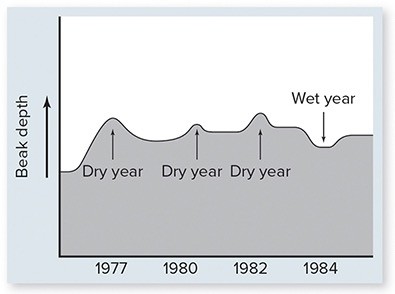Which of the following statements about the evolution of life histories is correct?
A) Stable environments with limited resources favor r-selected populations.
B) K-selected populations are most often found in environments where density-independent factors are important regulators of population size.
C) Most populations have both r- and K-selected characteristics that vary under different environmental conditions.
D) The reproductive efforts of r-selected populations are directed at producing just a few offspring with good competitive abilities.
E) K-selected populations rarely approach carrying capacity.
Ans: C) Most populations have both r- and K-selected characteristics that vary under different environmental conditions.
You might also like to view...
Thus far, only Archaea have been found in the salt lakes, while Bacteria and Eukarya are noticeably absent
Indicate whether the statement is true or false.
Cartilaginous fishes retain __________ in their body, so they do not lose or gain water by osmosis. Fill in the blank(s) with the appropriate word(s)
If short hair (L) is dominant to long hair (l), then to
determine the genotype of a short-haired animal it should be crossed with a. LL. b. Ll. c. ll. d. all of these. e. none of these.
 ©McGraw-Hill EducationWhich statement best describes the correlation between beak depths and the dryness of the environment?
©McGraw-Hill EducationWhich statement best describes the correlation between beak depths and the dryness of the environment?
A. Birds with large beaks are favored during dry years. B. Birds with either size beak (large or small) are favored equally. C. Birds with small beaks are favored in dry years. D. Birds with large beaks are favored during wet years.